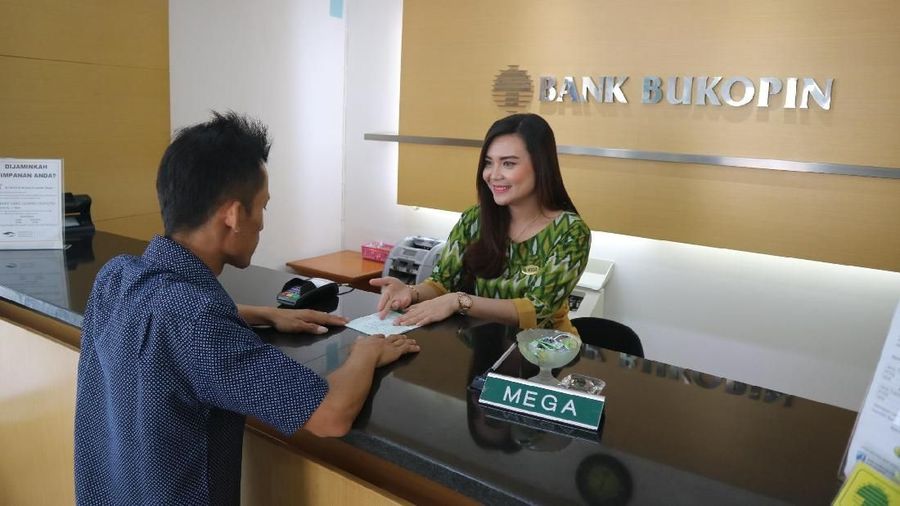Bangkok – Bangkok known worldwide for its vibrant energy and cultural allure, also holds an unusual distinction: the longest city name in the world. Spanning 168 characters in Thai, the capital’s official name is more than a tongue twister—it is a symbol of heritage, resilience, and spiritual strength.
The full ceremonial name is Krungthepmahanakhon Amonrattanakosin Mahintharayuthaya Mahadilokphop Noppharatratchathaniburirom Udomratchaniwetmahasathan Amonpiman-Awatansathit Sakkathattiyawitsanukamprasit. Far from being ornamental, each phrase carries layered meaning, portraying Bangkok as a divine city, home to the Emerald Buddha, radiating prosperity and beauty, and protected by spiritual power.
The name dates back to 1782, when King Rama I founded Bangkok as the new capital after the fall of Ayutthaya. He envisioned a city embodying both sacred protection and national strength. This vision, enshrined in the lengthy title, reflected Thailand’s resilience and its royal heritage.
Interestingly, the capital was once called “Bang Makok,” meaning “place of hog plums.” Over time, the name shortened to “Bangkok,” the version most familiar globally. However, in Thailand, locals typically use “Krung Thep” or “Krung Thep Mahanakhon,” meaning “City of Angels,” as a more practical alternative for daily conversation.
Even with its spiritual depth, remembering the entire name remains a challenge. A cultural twist came when Thai musicians Asanee & Wasan Chotikul transformed the name into a song, turning an official title into a beloved anthem. The tune has helped embed Bangkok’s epic name in popular memory, bridging heritage and modern identity.
The importance of the name lies in more than its length. It encapsulates Thailand’s historical continuity, royal authority, and spiritual foundations, serving as a reminder of the city’s origins as a center of culture and faith.
For visitors and residents alike, Bangkok’s full name is both a curiosity and a point of pride—an emblem of national identity that reflects the balance of history, tradition, and modernity in one of Asia’s most dynamic capitals.






